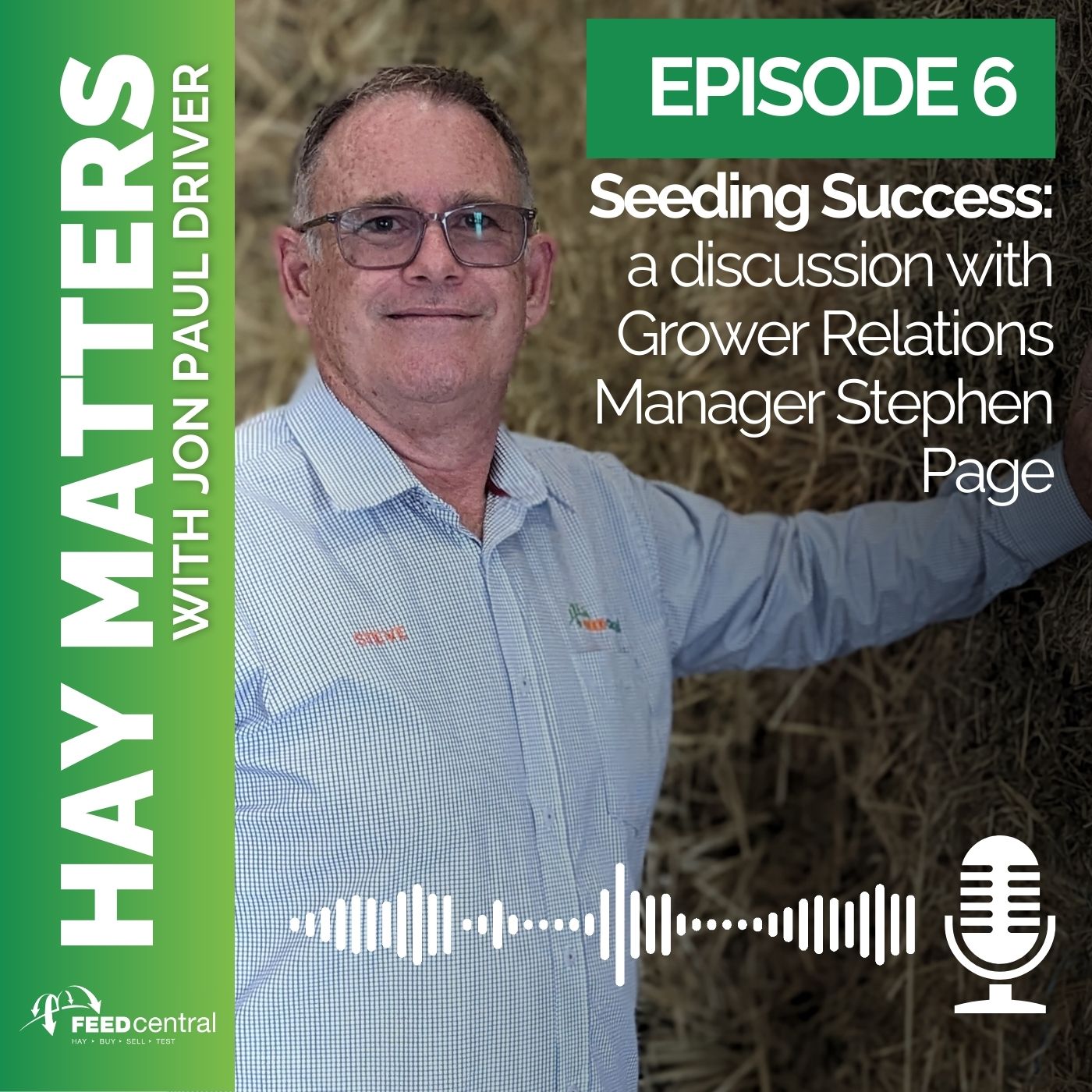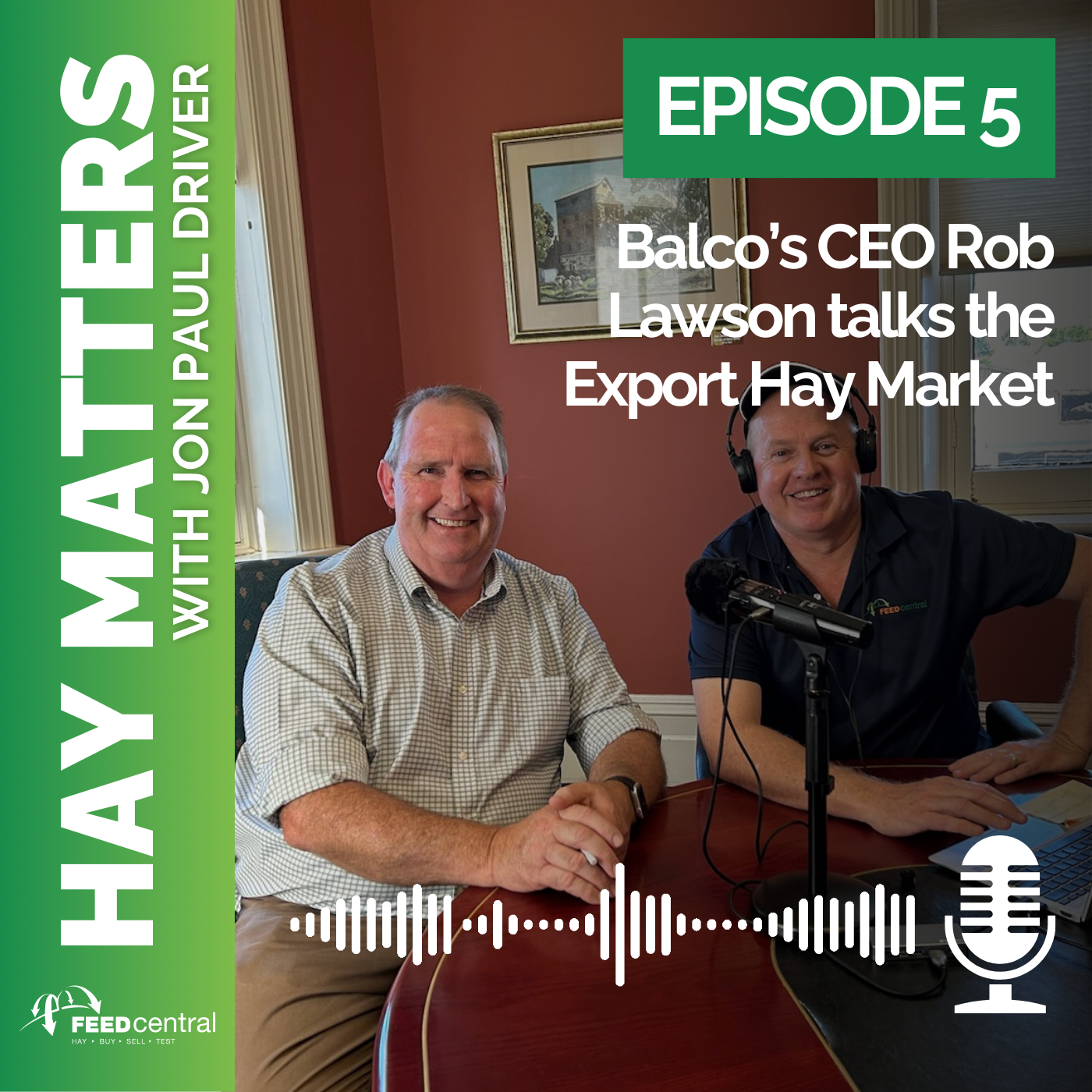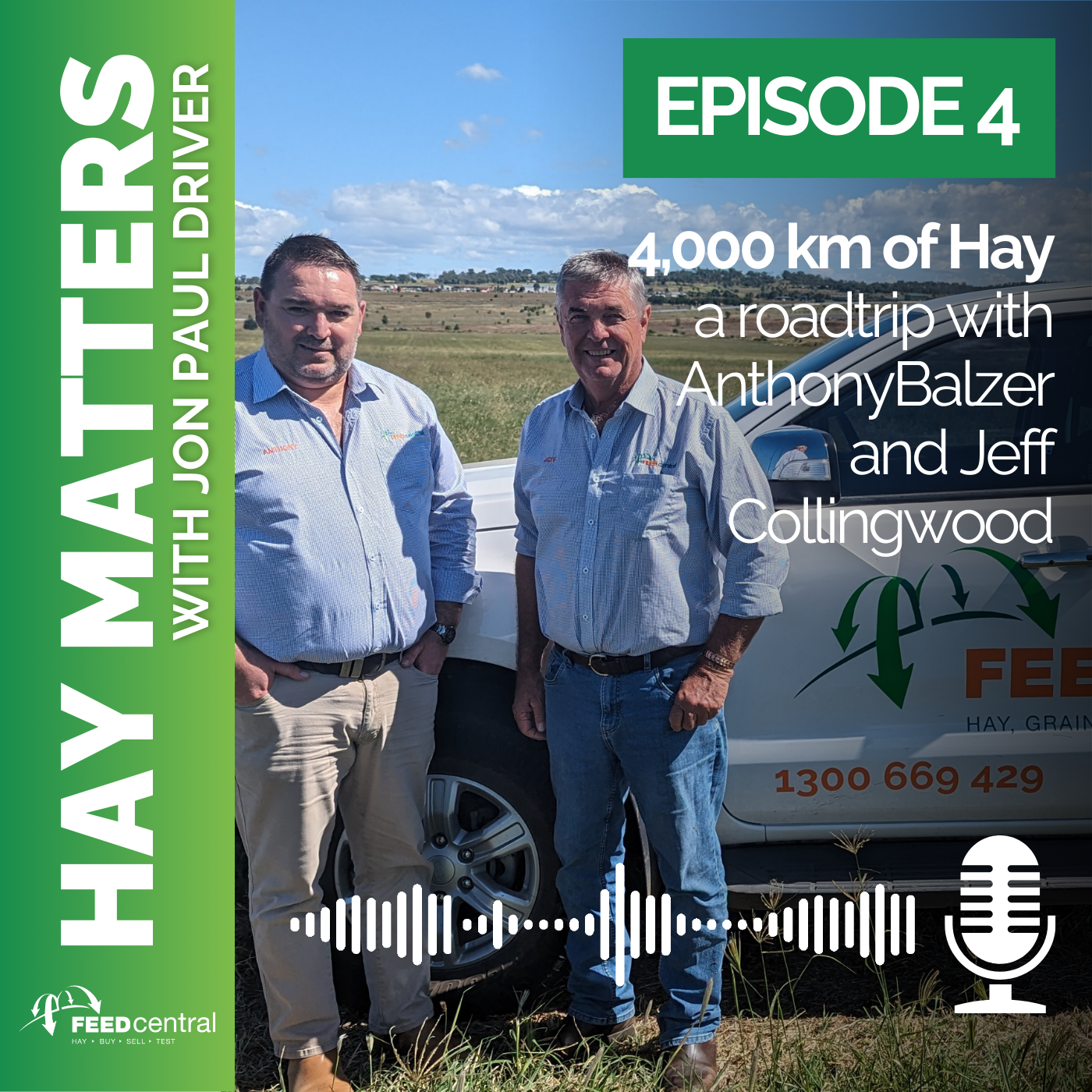When harvesting hay, the next step is to bale it into sellable round or square-shaped bales. You can’t just bale whenever you want though, at least, not if you want high-quality hay. That’s why, testing your hay before bailing is so important.
When testing hay ahead of baling, you want to use an electronic moisture probe to determine how much moisture the hay has. Upon baling, hay should contain between 18 and 22 percent moisture. If the hay has too much moisture, it will grow unwanted mould and may spontaneously combust.
In this post, we’ll focus on when to bale your hay, as there is indeed an art to it. We’ll also talk about testing your hay to determine when it’s ready for baling. If you’re new to baling, this is one post you’re absolutely not going to want to miss!
How Do You Know When Hay Is Ready to Bale?

Exactly when is the correct time to bale your hay? It varies depending on every harvest, so you can’t use a timetable as your indicator. Instead, you have to look out for a variety of signs that prove the hay might be ready to be put into bales and sold.
No Groups of Green Grass
If you see a few blades of green grass in the hay here and there, that’s okay. However, swathes of grass across your hay mean that the hay needs more time to dry out.
Track the progress of the green patches across the hay as the days go by. As soon as you spot less green, then it’s time to bale your hay.
Feels Crisp But Brittle
You might not want your hay to get overly dry, but a brittle feel is desirable when determining when the right time to bale the hay is.
If the hay only feels brittle, that’s a bad sign. If the hay also has a crisp feel, then some brittleness is okay. You want to bale at that point.
You might not be able to tell the difference between brittle, crisp hay and only brittle hay if you’re new to baling. That’s fine. The more often you handle hay, the better you’ll understand when it’s ready.
Break a Stem or Two
Next, you can do what’s known as the twist test. In your hand, take a stem and twist it circularly. After rotating the stem, it should come off. Similarly, you can snap the stem in half.
Does the stem crack when it breaks and then comes off clean? If so, then the hay is crisp enough for baling.
However, if the hay doesn’t want to come off easily, then you should wait several days and then try testing the stems again.
Although this next method is less scientific, if you understand what the subtle differences in hay feel like, then you can rely on it too.
With your hand, take a fistful of hay before baling it. You need a good clump of the stuff. With the clump in one hand, take your other hand and grab the other end of the clump. Begin to pull the hay clump between both your hands.
Did the stalks break after that initial pull? If so, then you can bale your hay. If you’re pulling a few times over but the hay won’t break, you can’t bale it yet. The hay is too fresh and isn’t ready.
The Moisture Content Is 15 to 18 Percent
Finally, the most reliable means of determining when your hay is ready for baling is to read its moisture levels. The moisture content should be 15 percent at the lowest and no higher than 18 percent.
How Do You Check Hay Moisture Before Baling?
While the above measures are useful for gleaning how ready your hay is for baling, you can’t rely on those methods for gauging the level of moisture the hay might contain. Here’s what we recommend for that instead.
Electronic moisture probes are the go-to testing method for reading how much moisture the hay contains. If you read our recent post about testing hay, then you might recall how it’s important to insert the probe into the centre of the bale to get the most accurate reading.
You can always recalibrate your probe if you feel like it’s not working properly. To do that, obtain a representative sample of hay. You don’t need a lot here, only 100 grams.
Our Hay Corers are great at gathering a hay sample for you test or we can test for you.
Then, take the hay and put it in the microwave, running it on low. You don’t want to ignite the hay, only dry it out.
Now try using your electronic moisture probe again. Since you dried the hay, it should contain very little moisture. If your probe is reading it correctly, then try testing it on the bale of hay outside in your shed.
The Risks of Baling Hay Too Early Or Too Late
That freshly harvested hay you’ve gathered can’t sit around forever. Time is of the essence here, as you have to bale the stuff, but the question becomes when?
As we mentioned in the intro, there is indeed an art to baling hay. You must precisely choose the right time, as we’ve talked about already. Here are the risks of baling too early or waiting too long.
What Happens When You Bale Hay Too Early?
Hay that is baled too early will contain more moisture than you’d think. If the hay has only 13 percent moisture now, which you can ascertain through testing with an electronic moisture probe, its moisture content can rise between 25 and 30 percent after baling.
That’s quite the increase in moisture. Going back to what we touched on in the intro, when the moisture levels of hay are too high, heat often follows. This heat can be caused by the development of mould and mildew, for instance.
The hay is now at a high risk of spontaneous combustion. Any hay that’s kept adjacent to the affected bale can combust as well. In one afternoon, you could accidentally take out your entire supply of hay.
What Happens When You Bale Hay Too Late?
Perhaps you’ve had a few bales of hay spoil because you baled them too early. You don’t want to make that mistake again, so you take some precautions and wait longer than you usually would.
Just don’t wait too long!
If you bale your hay too late, you’re correct that you won’t have to worry about spontaneous hay combustion, but that’s only because the hay is dry. It’s very, very dry, far drier than it’s supposed to be.
When you try to bale this hay, its leaves will snap right off because they’re that brittle. The hay quality decreases as a result, and you won’t be able to sell this bale of hay at your regular price. You’re taking a hit because you waited.
The Benefits of Properly Bailing Hay
Although all the effort required to test hay moisture and bale readiness can be intensive, it’s worth it. Here are the perks you can enjoy when you bale hay the correct way.

Better Quality
Few things are worse than spending weeks or months painstakingly growing hay only to kill its quality through premature baling and lack of moisture testing. That undoes all the hard work you put into growing quality hay that you intended to sell at a high price.
Waiting until the time is right to bale your hay will produce higher-quality bales. Your customers will be more willing to pay premium prices for premium quality.
More Hay
Another nice benefit of baling your hay at the right time is that there’s usually more of it to go around. The more bales you can get out of one harvest of hay, the more money that will flow into your company.
Reduced Risk of Spontaneous Combustion
Although you wouldn’t think that moisture can contribute to the spontaneous combustion of hay, we’ve already established in this post and elsewhere on the blog that that can be exactly the case.
Keep in mind then that even after you bale your hay, where you store it matters. Once the hay is baled, it’s even more tightly packed than ever. If the moisture levels rise too much, spontaneous combustion will occur.
Store your hay under cover so it’s not exposed to the rain. You also don’t want the hay to get too much sunlight, as the heat can potentially cause the bales to ignite.
Reduces Issues Such as Moulding
Brown hay? It’s less likely to occur if you’re testing your hay and then baling it. The same goes for mould and mildew development. All this is to say that more of your hay will survive and be saleable.
Conclusion – Testing Hay Before Bailing
Testing the moisture levels of hay before baling is critical, but you have to do more than that. You also want to ensure the hay is dried out enough that baling it won’t reduce its quality. Good luck!


